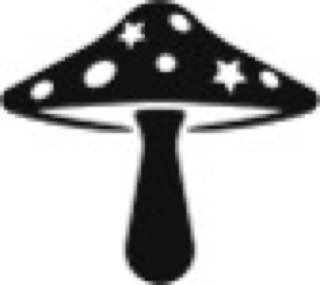Style
mushroom in alice in wonderland
The Role of Mushrooms in Alice’s Adventures in Wonderland
Lewis Carroll’s Alice’s Adventures in Wonderland is a rich tapestry of whimsical characters, nonsensical situations, and profound themes. Among the most intriguing elements of this fantastical narrative is the mushroom that Alice encounters during her journey. This seemingly simple object serves as a powerful symbol within the story, representing transformation, self-discovery, and the exploration of consciousness.
The Mushroom’s Transformative Power
In the story, Alice discovers a mushroom that has magical properties: eating from one side makes her grow taller, while eating from the other side causes her to shrink. This duality reflects the complexities of identity and personal growth. As Alice navigates through Wonderland, she grapples with her sense of self and her place in an ever-changing world. The mushroom acts as a catalyst for these transformations, allowing her to physically alter her size and metaphorically explore different aspects of her identity.
This transformative aspect can be interpreted as a metaphor for the journey of self-discovery that many individuals undergo during their formative years. Just as Alice fluctuates between sizes, children and adolescents often experience rapid changes in their own identities as they grow and learn about themselves.
Symbolism of Growth and Change
The act of consuming the mushroom represents more than just physical change; it symbolizes the broader theme of growth and adaptation. Throughout her adventures, Alice faces various challenges that require her to adapt to new circumstances. The mushroom allows her to navigate these challenges by altering her perspective—literally changing how she sees herself in relation to others and her environment.
Furthermore, mushrooms have long been associated with transformation in various cultures due to their unique life cycle. They emerge from decay and transform organic matter into new life forms. This cyclical nature resonates with Alice’s journey as she learns to embrace change rather than resist it.
Connection to Psychedelic Experiences
Some interpretations suggest that Carroll may have drawn inspiration from hallucinogenic mushrooms, particularly Amanita muscaria (the fly agaric), known for its psychoactive effects. The idea that mushrooms can alter perception aligns with Alice’s experiences in Wonderland, where reality is fluid and logic is turned upside down.
The Caterpillar sitting on the mushroom further emphasizes this connection to altered states of consciousness. He embodies wisdom yet appears indifferent to Alice’s plight, suggesting that understanding oneself often requires detachment from societal norms and expectations. His cryptic advice encourages Alice to trust herself amidst confusion—a theme central to both psychedelic experiences and personal growth.
Cultural Context and Victorian Influence
During Carroll’s time, there was a growing interest in botany and mycology among Victorians. Mushrooms were often depicted in art and literature as symbols of magic or mystery. The fly agaric specifically had become associated with fairy tales and folklore, reinforcing its role as an emblematic figure within stories like Alice’s Adventures in Wonderland.
Carroll’s use of mushrooms can also be seen as part of a larger Victorian fascination with nature’s wonders—an era marked by exploration not only of physical landscapes but also of psychological realms through literature.
